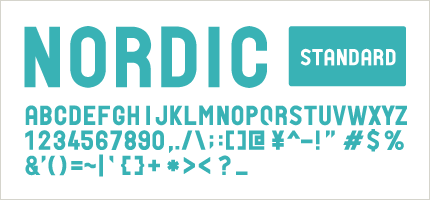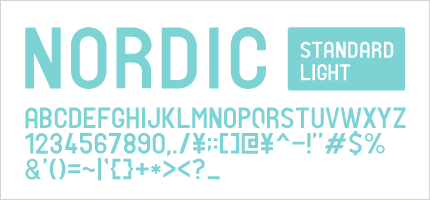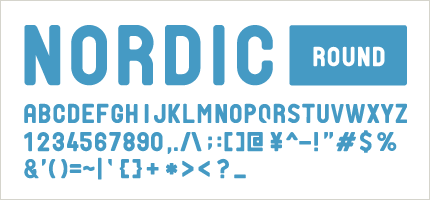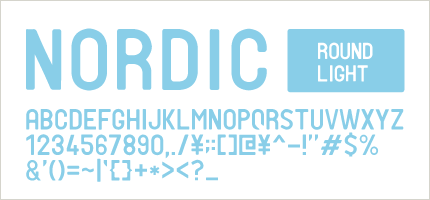»
parka« ist eine serifenlose fließtextschrift, die im rahmen der diplomarbeit am studiengang informationsdesign der fh joanneum graz entwickelt wurde.
die formen der »parka« sind streng und, vorallem in den fetten schnitten, kräftig. der wechselschwung in den rundungen der gemeinen verleiht ihr einen prägnanten charakter, der allerdings in kleinen graden hinter das schriftbild zurücktritt. auch die hohe x-höhe, sowie die großen interpunktionszeichen tragen zu ihrer hervorragenden lesbarkeit bei.
nach fertigstellung umfasst sie mittlerweile insgesamt 6 gewichte, von light bis black, jeweils mit kapitälchen, echten kursiven, hoch- und tiefstehenden ziffern, brüchen und akzenten für die meisten europäischen sprachen. momentan liegt sie in den formaten postscript type1 (mac) und truetype (win) vor, eine opentype version mit einer entsprechenden ot pro belegung befindet sich in vorbereitung.
Auszeichnungen: red dot award für hohe designqualität, eine auszeichnung beim österreichischen joseph binder award, if concept award, tdc award for typographic excellence! … katharina hölzl, ebenfalls absolventin der fh joanneum graz, hat für einen teil ihrer ausstellung »transformation into space« beim diesjährigen designmai youngsters in berlin die »parka« in den schnitten medium und bold verwendet



















































